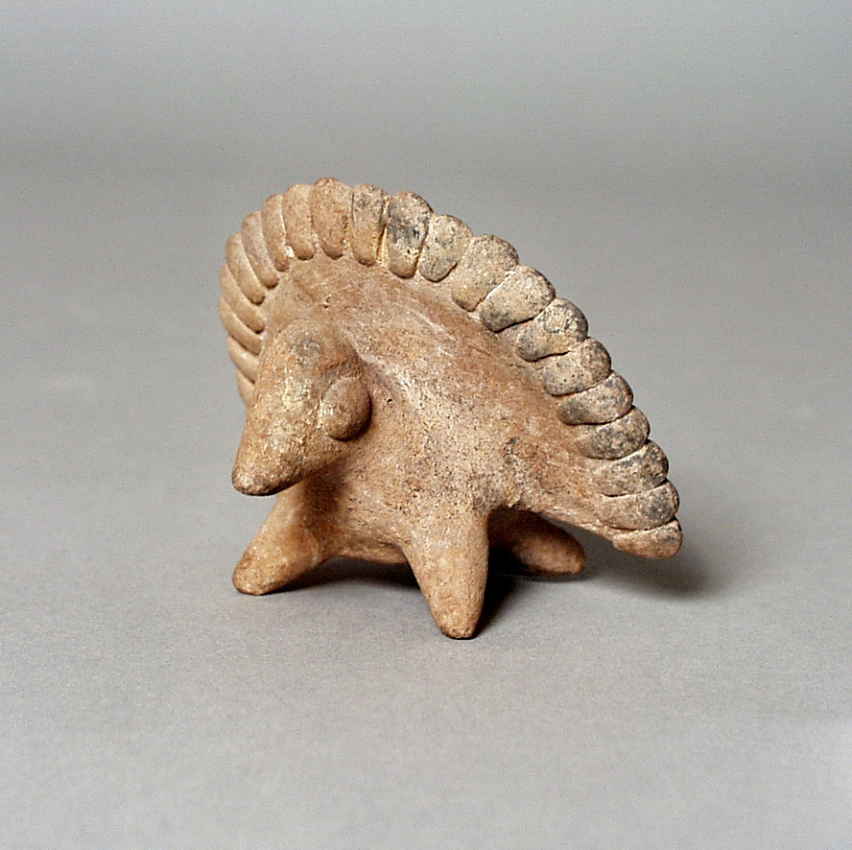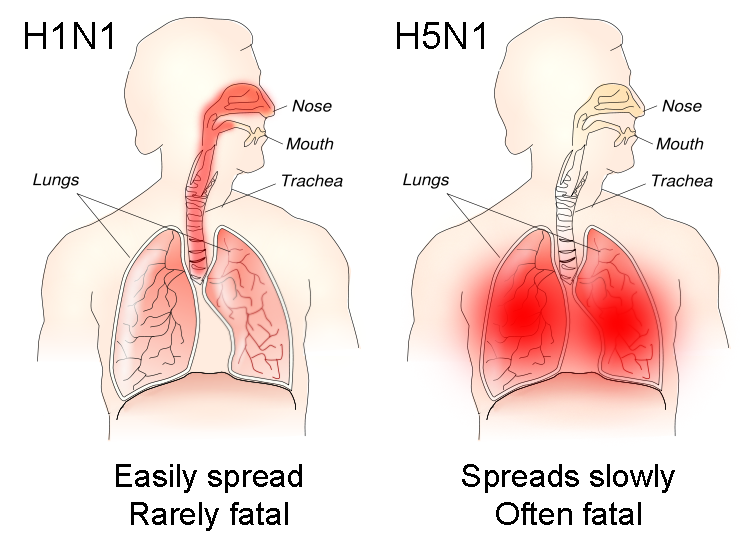|
Versailleux
Versailleux (; frp, Vèrsalyô) is a commune in the Ain department in eastern France. On 23 February 2006 during the epidemic of avian influenza, a great number of turkeys died in a breeding of 11,000 animals, probably because of the virus H5N1. The turkeys had never left it because the breeding was confined. The commune of Joyeux, in which the first French case was detected on 13 February, is located a few kilometres south. Population See also * Dombes *Communes of the Ain department The following is a list of the 393 communes of the Ain department of France. The communes cooperate in the following intercommunalities (as of 2020):Dombes and Versailleux ... [...More Info...] [...Related Items...] OR: [Wikipedia] [Google] [Baidu] |
Communes Of The Ain Department
The following is a list of the 393 communes of the Ain department of France. The communes cooperate in the following intercommunalities (as of 2020):BANATIC Périmètre des EPCI à fiscalité propre. Accessed 3 July 2020. * * * |
Dombes
The Dombes (; Arpitan: Domba) is an area in eastern France, once an independent municipality, formerly part of the province of Burgundy, and now a district comprised in the department of Ain, and bounded on the west by the Saône River, on the south by the Rhône, on the east by the Ain and on the north by the district of Bresse. Topography The region forms an undulating plateau with a slight slope towards the north-west, the higher ground bordering the Ain and the Rhône attaining an average height of about . The Dombes is characterized by an impervious surface consisting of boulder clay and other relics of glacial action. Because of this, there are a large number of rain-water pools, varying for the most part from 35 to in size which cover some 23,000 acres (93 km²) of its total area of 282,000 acres (1,140 km²). These pools, artificially created, date in many cases from the 15th century, some to earlier periods, and were formed by landed proprietors who in those ... [...More Info...] [...Related Items...] OR: [Wikipedia] [Google] [Baidu] |
Communes Of Ain
The following is a list of the 393 communes of the Ain department of France. The communes cooperate in the following intercommunalities (as of 2020):BANATIC Périmètre des EPCI à fiscalité propre. Accessed 3 July 2020. * * * |
Communes Of France
The () is a level of administrative division in the French Republic. French are analogous to civil townships and incorporated municipalities in the United States and Canada, ' in Germany, ' in Italy, or ' in Spain. The United Kingdom's equivalent are civil parishes, although some areas, particularly urban areas, are unparished. are based on historical geographic communities or villages and are vested with significant powers to manage the populations and land of the geographic area covered. The are the fourth-level administrative divisions of France. vary widely in size and area, from large sprawling cities with millions of inhabitants like Paris, to small hamlets with only a handful of inhabitants. typically are based on pre-existing villages and facilitate local governance. All have names, but not all named geographic areas or groups of people residing together are ( or ), the difference residing in the lack of administrative powers. Except for the municipal arrondi ... [...More Info...] [...Related Items...] OR: [Wikipedia] [Google] [Baidu] |
Departments Of France
In the administrative divisions of France, the department (french: département, ) is one of the three levels of government under the national level ("territorial collectivities"), between the administrative regions and the communes. Ninety-six departments are in metropolitan France, and five are overseas departments, which are also classified as overseas regions. Departments are further subdivided into 332 arrondissements, and these are divided into cantons. The last two levels of government have no autonomy; they are the basis of local organisation of police, fire departments and, sometimes, administration of elections. Each department is administered by an elected body called a departmental council ( ing. lur.. From 1800 to April 2015, these were called general councils ( ing. lur.. Each council has a president. Their main areas of responsibility include the management of a number of social and welfare allowances, of junior high school () buildings and technical staff, ... [...More Info...] [...Related Items...] OR: [Wikipedia] [Google] [Baidu] |
France
France (), officially the French Republic ( ), is a country primarily located in Western Europe. It also comprises of Overseas France, overseas regions and territories in the Americas and the Atlantic Ocean, Atlantic, Pacific Ocean, Pacific and Indian Oceans. Its Metropolitan France, metropolitan area extends from the Rhine to the Atlantic Ocean and from the Mediterranean Sea to the English Channel and the North Sea; overseas territories include French Guiana in South America, Saint Pierre and Miquelon in the North Atlantic, the French West Indies, and many islands in Oceania and the Indian Ocean. Due to its several coastal territories, France has the largest exclusive economic zone in the world. France borders Belgium, Luxembourg, Germany, Switzerland, Monaco, Italy, Andorra, and Spain in continental Europe, as well as the Kingdom of the Netherlands, Netherlands, Suriname, and Brazil in the Americas via its overseas territories in French Guiana and Saint Martin (island), ... [...More Info...] [...Related Items...] OR: [Wikipedia] [Google] [Baidu] |
Avian Influenza
Avian influenza, known informally as avian flu or bird flu, is a variety of influenza caused by viruses adapted to birds.Chapter Two : Avian Influenza by Timm C. Harder and Ortrud Werner in ''Influenza Report 2006'' CDC has a phylogenetic tree showing the relationship between dozens of highly pathogenic varieties of the Z genotype of avian flu virus H5N1 and ancestral strains. The type with the greatest risk is highly pathogenic avian influenza (HPAI). Bird flu is s ... [...More Info...] [...Related Items...] OR: [Wikipedia] [Google] [Baidu] |
Domesticated Turkey
The domestic turkey (Meleagris gallopavo domesticus) is a large fowl, one of the two species in the genus '' Meleagris'' and the same species as the wild turkey. Although turkey domestication was thought to have occurred in central Mesoamerica at least 2,000 years ago, recent research suggests a possible second domestication event in the area that is now the southwestern United States between 200 BC and AD 500. However, all of the main domestic turkey varieties today descend from the turkey raised in central Mexico that was subsequently imported into Europe by the Spanish in the 16th century. The domestic turkey is a popular form of poultry, and it is raised throughout temperate parts of the world, partially because industrialized farming has made it very cheap for the amount of meat it produces. Female domestic turkeys are called ''hens'', and the chicks are ''poults'' or ''turkeylings''. In Canada and the United States, male turkeys are called ''toms''; in the United Kingdom ... [...More Info...] [...Related Items...] OR: [Wikipedia] [Google] [Baidu] |
H5N1
Influenza A virus subtype H5N1 (A/H5N1) is a subtype of the influenza A virus which can cause illness in humans and many other animal species. A bird-adapted strain of H5N1, called HPAI A(H5N1) for highly pathogenic avian influenza virus of type A of subtype H5N1, is the highly pathogenic causative agent of H5N1 flu, commonly known as avian influenza ("bird flu"). It is enzootic (maintained in the population) in many bird populations, especially in Southeast Asia. One strain of HPAI A(H5N1) is spreading globally after first appearing in Asia. It is epizootic (an epidemic in nonhumans) and panzootic (affecting animals of many species, especially over a wide area), killing tens of millions of birds and spurring the culling of hundreds of millions of others to stem its spread. Many references to "bird flu" and H5N1 in the popular media refer to this strain. This was reprinted in 2005: According to the World Health Organization (WHO) and the United Nations Food and Agriculture O ... [...More Info...] [...Related Items...] OR: [Wikipedia] [Google] [Baidu] |
Joyeux, Ain
Joyeux () is a commune in the Ain department in eastern France. Geography Joyeux lies less than from the wildlife park at Villars-les-Dombes and from Lyon in the natural region of the Dombes, a wide extent of middle and upper Pleistocene moraine left near the margin of the Alpine ice sheets. The commune includes some thirty lakes which together represent some 4 square kilometres of water. The land between them is of gravel, sand and clay. History The fief of Joyeux was mentioned in the twelfth century. In the fifteenth century, it was in the possession of the Villars family. On 13 February 2006, a wild duck was found dead on the fen. It was the first attested case of the presence of the bird flu virus H5N1 in France. Administration Population Sights Old farms typical of the region. The nineteenth century Château de Joyeux. See also *Communes of the Ain department *Dombes The Dombes (; Arpitan: Domba) is an area in eastern France, once an independent municipa ... [...More Info...] [...Related Items...] OR: [Wikipedia] [Google] [Baidu] |


